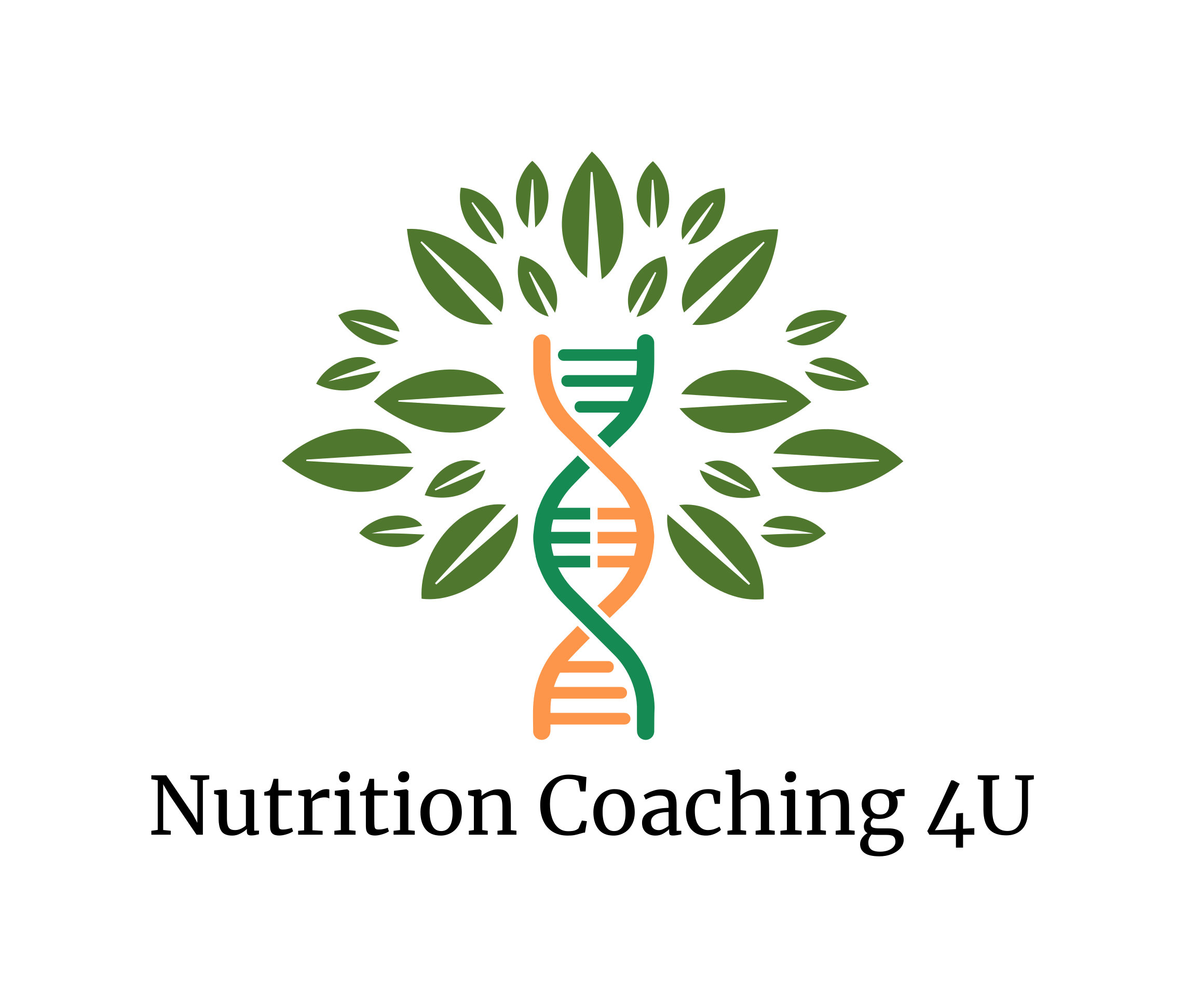By Joni | Registered Dietitian, Nutrition Coaching 4U
“Fiber is fabulous—as long as you do not go from zero to bean burrito overnight.
Let’s take a moment to talk about something that’s not flashy but absolutely essential to feeling your best: fiber. While it is not be the trendiest topic, fiber plays a powerful role in how you feel, function, and it supports long-term weight loss—especially if you’re taking a GLP-1 medication like Ozempic, Wegovy, or Mounjaro.
If you’ve been feeling a little bloated, sluggish, or like your digestion has hit a traffic jam, fiber (or the lack of it) might be part of the puzzle
Why Fiber Deserves a Spot on Your Wellness Priority List
Think of fiber as your body’s behind-the-scenes hero. It:
- Promotes regular digestion (yes, that kind of regular)
- Supports blood sugar and cholesterol management
- Helps you feel fuller longer, which can reduce cravings
- Nourishes your gut microbiome—those beneficial bacteria that keep your whole system in balance
But while fiber is helpful, increasing it too quickly can lead to gas, bloating, or discomfort—especially if your gut isn’t used to it.
GLP-1 Meds + Fiber: A Delicate Dance
If you’re using a GLP-1 medication, you may already be experiencing a slower digestive system. Piling on fiber too quickly, especially from rough or raw sources, can temporarily make things worse instead of better.
But that doesn’t mean fiber is off the table. In fact, it’s more important than ever. Fiber helps move things along, keeps your appetite stable, and can reduce uncomfortable side effects like constipation and blood sugar dips.
Here’s how to increase fiber the NC4U way—gently and effectively.
4 Ways to Increase Fiber Without the Digestive Drama
1. Start Low, Go Slow
Jumping from white toast to black beans overnight may bring discomfort. Instead, gradually add 3–5 grams of fiber every few days. That might look like a few tablespoons of beans or a small handful of berries.
2. Hydration is Key
Fiber needs fluid to do its job properly. Without enough water, things… slow down. Try herbal teas, sparkling water, or fruit-infused options if plain water isn’t appealing. Sip throughout the day to keep things moving.
3. Choose Gentle Fiber Sources
Not all fiber is created equal. Start with foods that are easier on the gut such as:
- Cooked vegetables like carrots or zucchini
- Oats or oat bran
- Rinsed canned beans
- Chia pudding (in small portions!)
- Psyllium husk (only if you’re well-hydrated)
4. Don’t Load It All into One Meal
Spread your fiber intake throughout the day. Add flax to your morning yogurt, enjoy a side of berries with lunch, and serve beans or lentils with dinner.
Easy Fiber Wins for Your Day
- Stir 1 tablespoon ground flaxseed into oatmeal or smoothies
- Replace white rice with quinoa, brown or cauliflower rice
- Snack on roasted chickpeas or lightly salted edamame
- Keep sliced apples on hand (leave the skin on for extra fiber!)
- Add a handful of greens or beans to wraps, soups, and bowls
Still Feeling Off?
Digestive health can feel frustrating—but it doesn’t need to stay that way. If you’re struggling with constipation, gas, or a sense that something’s just not quite right, let’s take a closer look together.
At Nutrition Coaching 4U, we specialize in compassionate, personalized support for a better relationship with food, digestion, and GLP-1 medication management. We’ll help you navigate fiber needs, manage side effects, and feel more confident about your food choices—without the pressure to be perfect.
Want a Fiber Boost Without the Bloat?
Grab our Free Fiber Cheat Sheet—a quick guide to gentle, gut-friendly fiber options and realistic tips for adding them to your day.
Let’s Wrap It Up Like a Whole Wheat Burrito
Fiber isn’t the enemy—but she is a diva and needs careful handling. Treat her with care, and she’ll treat you well in return. Fiber is important, and if we focus on fiber, your gut and health will function better.

